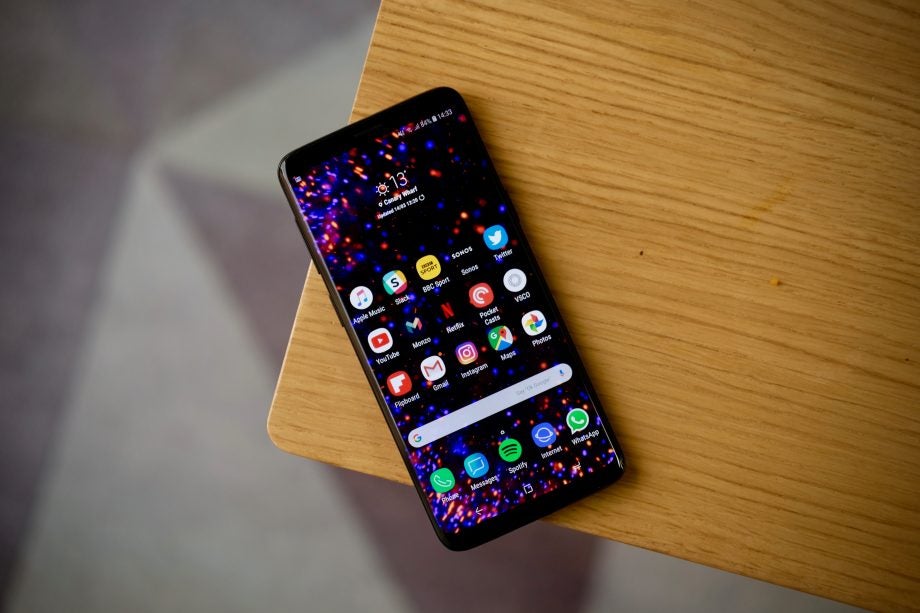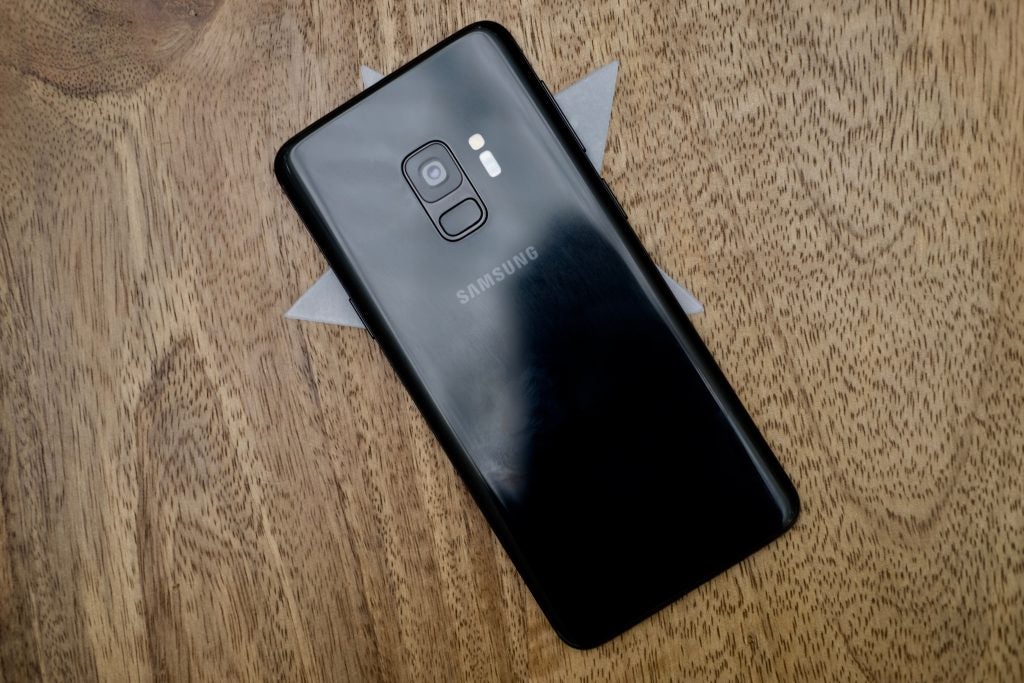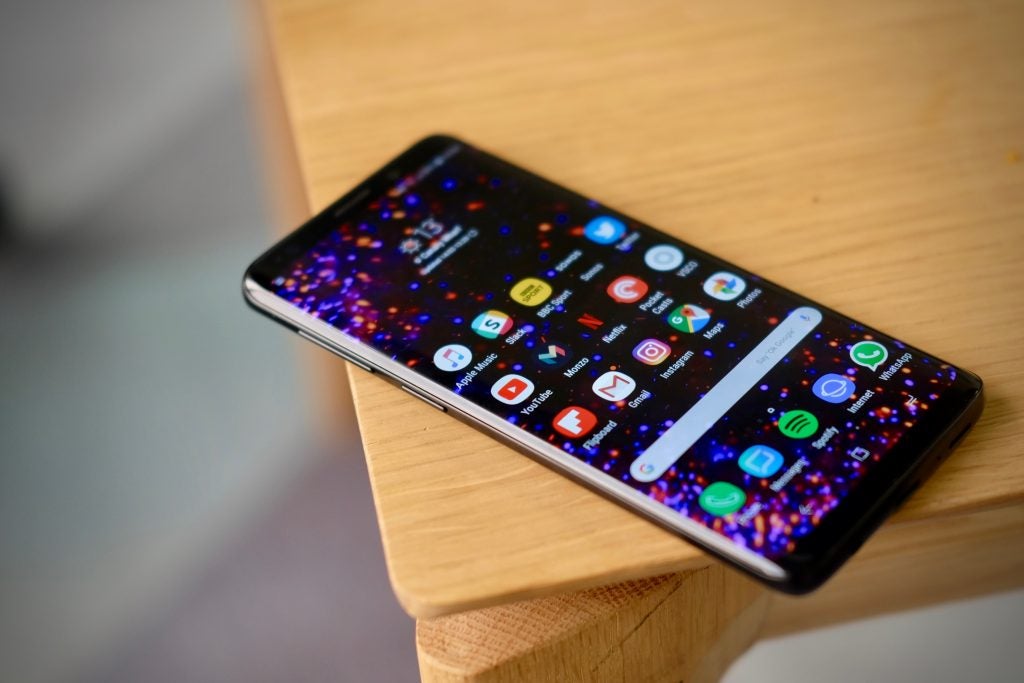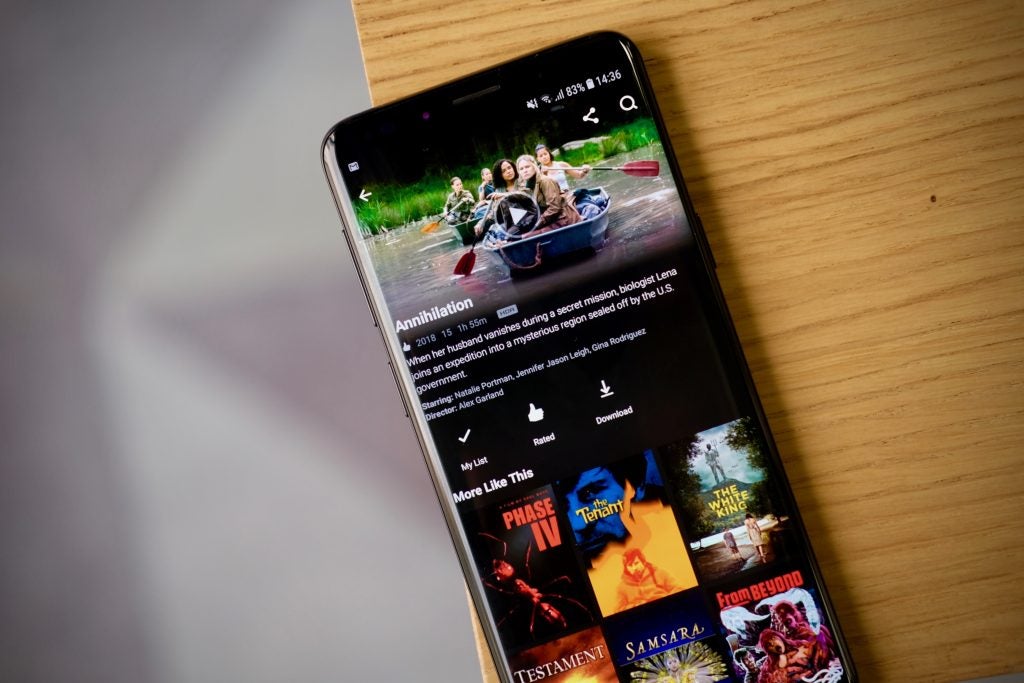Samsung Galaxy S9 Review
Samsung Galaxy S9 Review
Enough of an evolution?

Sections
- Page 1 Samsung Galaxy S9 Review
- Page 2 Performance and Software Review
- Page 3 Camera Review
- Page 4 Battery Life and Verdict Review
Verdict
Following on from the S8, the Samsung Galaxy S9 seemed to be a case of Samsung playing it safe, with not enough changes for our liking to make this a truly stand-out phone. With the launch of the Galaxy S10, the S9 has to be re-evaluated, particularly as its price has dropped. Now, with many similar features to the S10, including the high-quality OLED display and fantastic camera, the S9 is now a great alternative choice for people that want flagship specs but at a lower price, making it arguably a better choice today than it was at launch.
Pros
- Fantastic display
- Feels great
- Much improved speakers
Cons
- Average battery life
- Dual-sensor only on Plus model
- Some lag with Samsung’s software
Key Specifications
- Review Price: £739
- 5.8-inch OLED quad HD+ Infinity Display
- Snapdragon 845/Exynos 9810
- 4GB RAM & 64GB/256GB storage + microSD up to 400GB
- 12 megapixel single rear camera with mechanical variable aperture of both f/2.4 and f/1.5
- 8MP front camera with f/1.7 aperture
- Super slow-motion 960fps video in HD
- 163g
- Dolby Atmos support
- 3000 mAh battery, wireless fast charge
What is the Samsung Galaxy S9?
When the Samsung Galaxy S9 was first released, I didn’t think that it made much progress over the Galaxy S8, but today we have to look at it in a different light. While the Samsung Galaxy S10 is clearly the better handset, with Samsung making big strides forward and adding new features, price has to be taken into account, with the S9 a far cheaper handset. There’s also the rumoured upcoming Samsung Galaxy S20 and Samsung Galaxy S20 Ultra – both of which look set to be announced on February 11.
Related: Samsung Galaxy S10 vs S9
Samsung Galaxy S9 – Design
With the 2017 Galaxy S8, Samsung introduced a shift in phone design that followed through market-wide. A big bezel was out, to be replaced by a larger screen that pushed right to the edges. It was a much-needed change in a market where phones had started to feel stale.
Related: Samsung Galaxy Watch Active review
The Galaxy S9 retains this familiar overall look, which is hardly something to complain about when you consider that, a couple of years on, the S8 is still one of slickest phones around.

It might look like the S8, but there’s no arguing that the S9 is one good-looking phone
The S9 sees the bezel thickness above and below the display reduce further. In addition, the fingerprint scanner has been moved to a more suitable location beneath the camera, rather than being tucked tightly beside it. However, it still feels a tad on the small side, and there’s noticeable lag as it jumps you to the homescreen.
The metal and glass body retains its curved display, IP68 water-resistance rating and microSD card slot. The aluminium rim has been strengthened and the Gorilla Glass 5 coating the screen has been thickened. As someone who smashed a Galaxy S8 after knocking it off a bed onto a carpeted floor, this is a welcome upgrade.
Related: Best smartphones
You’ll find a dedicated Bixby button below the volume rocker, with the lock-switch on the other side. I dislike the fact that the extra button can only be used with a virtual assistant – I turned it off completely after a day of use – but Bixby remains a huge push for Samsung and, hopefully, it might get a bit better when version 2.0 hits later in the year.

The extra button below the volume rocker can be used for a voice assistant
Having used both the Galaxy S9 and Galaxy S9 Plus, I much prefer the smaller model over its larger brother. I think the 5.8-inch display is big enough, while the phone itself is perfectly sized to use in one hand. There are lots of Android phones that are bigger than this, but the S9 sets itself apart by fitting all the high-end specs into something a little smaller.
Read our Samsung Galaxy S10 review
Samsung Galaxy S9 – Screen
Like all of Samsung’s recent flagships, the S9’s display draws you in instantly with its rich colours and fantastic contrast. It’s still a slightly curved 5.8-inch AMOLED quad-HD+ panel, and even though little has changed aside from a slight bump in brightness, it’s one of the best displays I’ve seen.
What impresses most about the screen is the customisation options on offer. In its default ‘Adaptive’ mode colours are saturated and rich, with a dominant blue hue – personally, I find this slightly too much. Switch to DCI-P3 colour gamut covering ‘AMOLED cinema’ mode and everything feels easier on the eyes. It’s even possible to customise the colours, reducing the amount of blue, green and red.
Related: What is HDR?

The AMOLED screen is as good as we’ve come to expect from Samsung
Related: OnePlus 6T Review
There’s full support for mobile HDR10 and the S9 can stream HDR content from sources such as Netflix and Amazon Prime. This provides movies and TV shows with better contrast and enables them to use a wider gamut of colours. Watch a programme that features numerous dark scenes, such as Altered Carbon, and you’ll notice the difference right away. This is far from the first phone to boast HDR support, but I haven’t yet seen a phone display it as well.
A blue light filter mode makes this super-bright screen much better for viewing before you sleep by turning everything orange. This can be scheduled to automatically turn on each night.
Viewing angles are good, as is outdoor visibility, but you’ll notice a slight blue shift along the curved edges of the display. This is one of the downsides of OLED; you’ll see it on most phones using the tech. Samsung’s displays do deal with the issue far better than those produced by LG – and used on the Google Pixel 2 – and you’ll really only notice the blue if you go looking for it.
How we test phones
We test every mobile phone we review thoroughly. We use industry standard tests to compare features properly and we use the phone as our main device over the review period. We’ll always tell you what we find and we never, ever, accept money to review a product.


